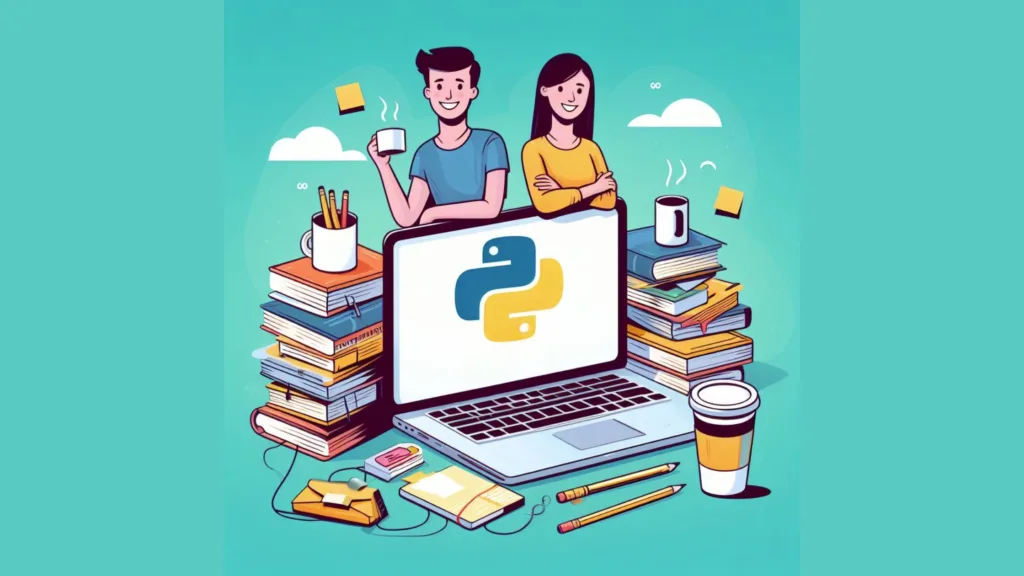Introduction
Understanding classes and Object-Oriented Programming (OOP) is a fundamental aspect of Python programming. Whether you’re preparing for an interview or sharpening your skills, this blog post will cover the top-ranked python interview questions and answers focused on Python classes.
Question:
Explain what a class is in Python and how it’s beneficial.
Answer:
A class in Python is a blueprint for creating objects. Classes encapsulate data and the methods to manipulate that data, enabling modular and organized code. They facilitate Object-Oriented Programming, allowing for code reusability, encapsulation, and inheritance.
class Dog:
def __init__(self, name):
self.name = name
def bark(self):
return "Woof!"Question:
Describe the __init__ method in Python classes.
Answer:
The __init__ method is the constructor for a class in Python. It’s called automatically when a new object of the class is instantiated. The method initializes the attributes of the class.
class Dog:
def __init__(self, name):
self.name = nameQuestion:
Differentiate between class attributes and instance attributes.
Answer:
- Class Attributes: These attributes are shared across all instances of the class.
- Instance Attributes: These attributes are specific to each instance of the class.
class Dog:
species = "Mammal" # Class attribute
def __init__(self, name):
self.name = name # Instance attributeQuestion:
What is inheritance in Python classes?
Answer:
Inheritance is an OOP feature where a class (subclass) inherits attributes and methods from another class (superclass). It promotes code reusability and establishes relationships between classes.
class Animal:
def make_sound(self):
return "Some generic sound"
class Dog(Animal):
def make_sound(self):
return "Woof"Question:
Explain the concept of method overriding in Python classes.
Answer:
Method overriding occurs when a subclass provides a new implementation for a method that is already defined in its superclass. This new implementation overrides the behavior of the existing method.
class Animal:
def make_sound(self):
return "Some generic sound"
class Dog(Animal):
def make_sound(self):
return "Woof"Question:
Can you overload methods in Python? Explain.
Answer:
Python doesn’t support traditional method overloading where multiple methods have the same name but different parameters. However, you can achieve similar functionality by using default arguments, variable-length arguments, or keyword arguments.
def add(a, b=0, c=0):
return a + b + cQuestion:
Differentiate between @classmethod and @staticmethod.
Answer:
- @classmethod: A class method takes
cls(class) as its first argument and can modify the class state. It’s bound to the class, not the instance. - @staticmethod: A static method doesn’t take any special first argument like
selforcls. It can’t modify the class or instance state.
class MyClass:
class_variable = "I'm a class variable"
@classmethod
def update_class_variable(cls, new_value):
cls.class_variable = new_value
@staticmethod
def static_method():
print("This is a static method.")Conclusion
Understanding Python classes is crucial for any Python developer. The questions covered here form the basis for what you might encounter in interviews. Remember, the more you practice, the more comfortable you’ll be with Python classes and Object-Oriented Programming.



